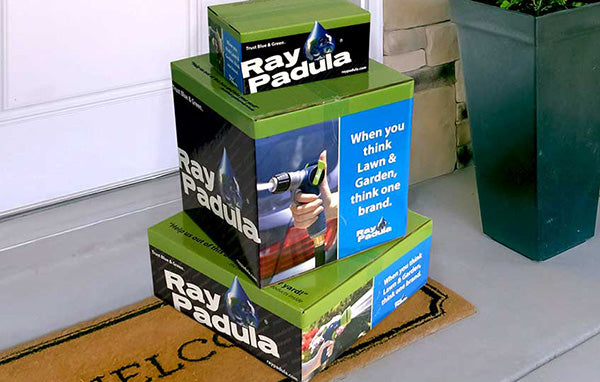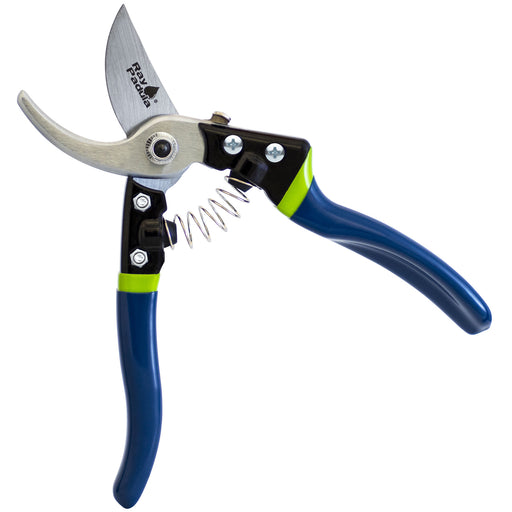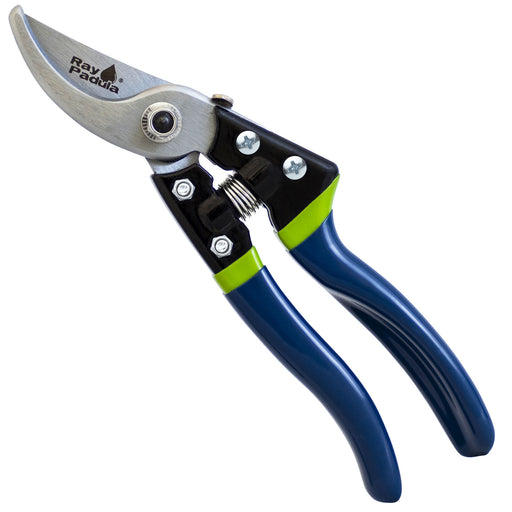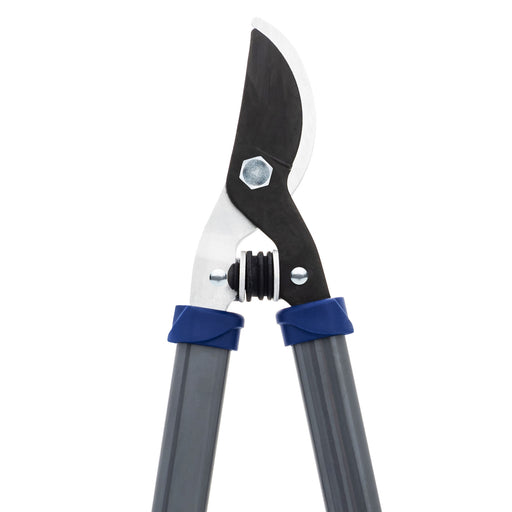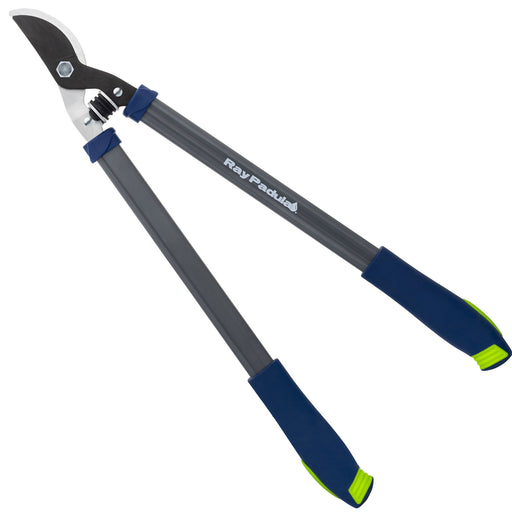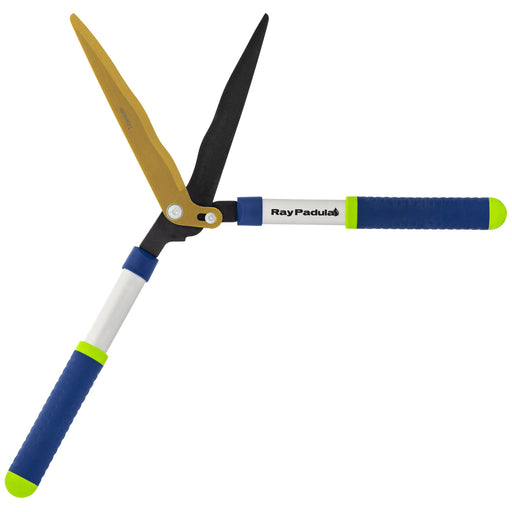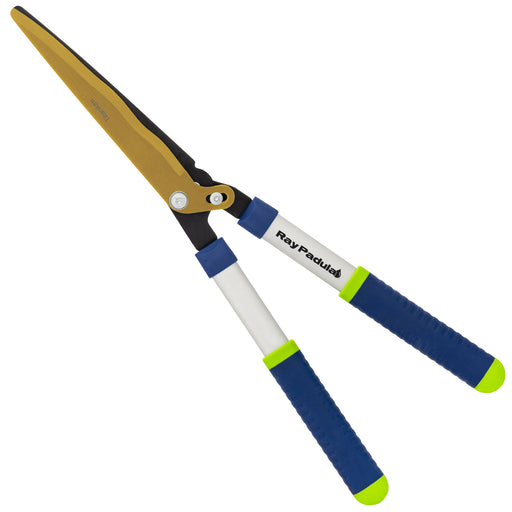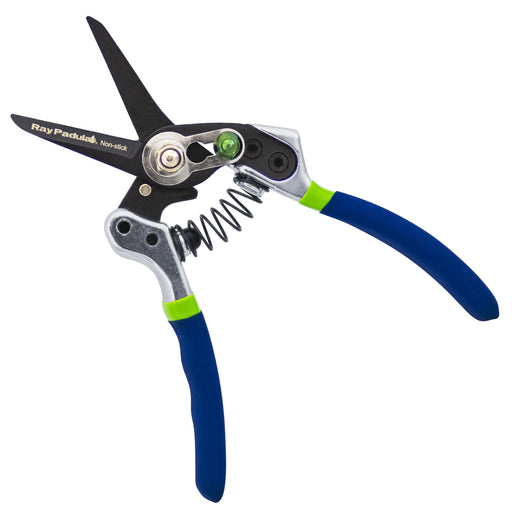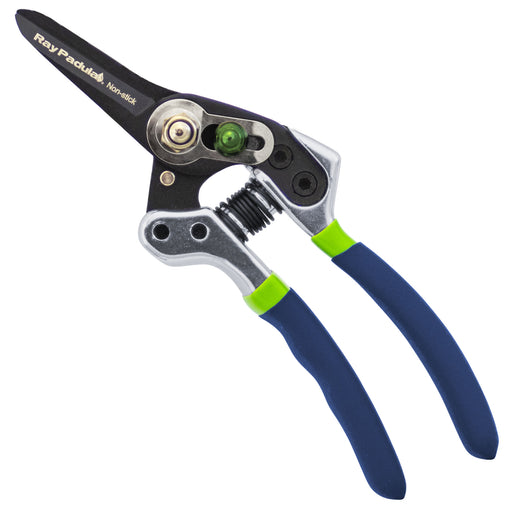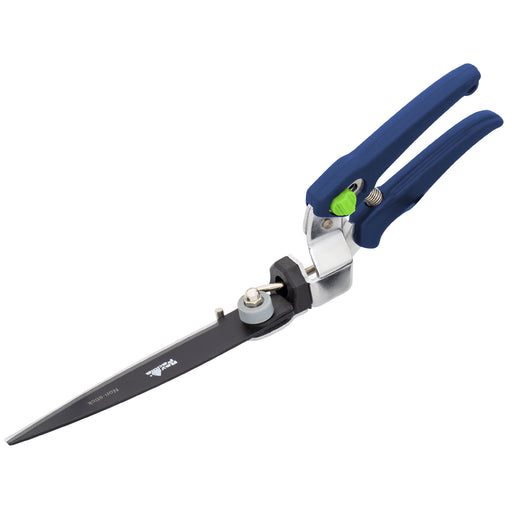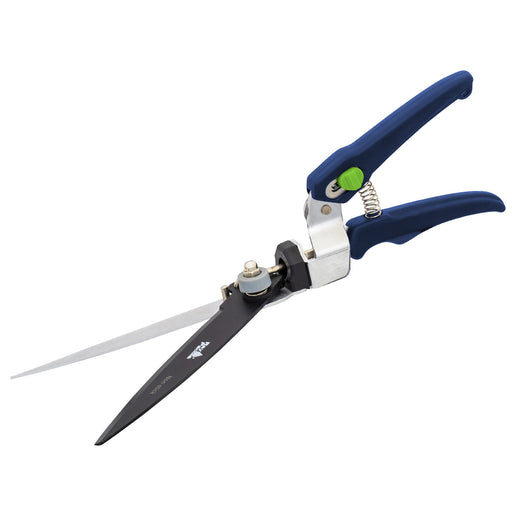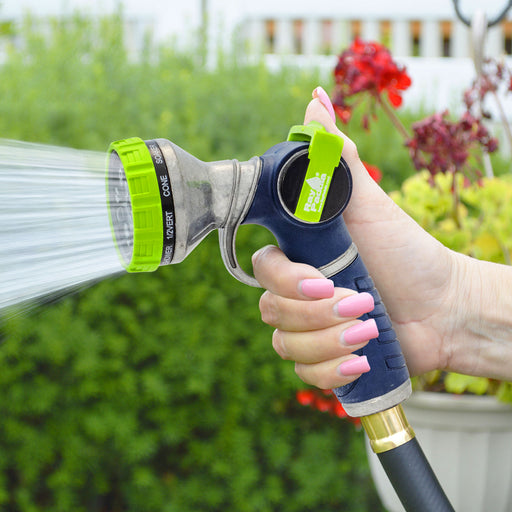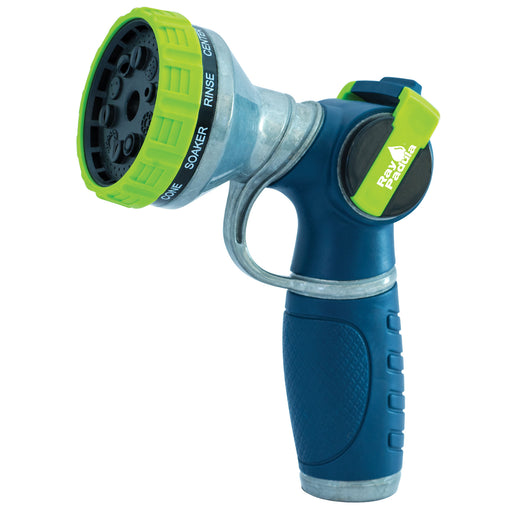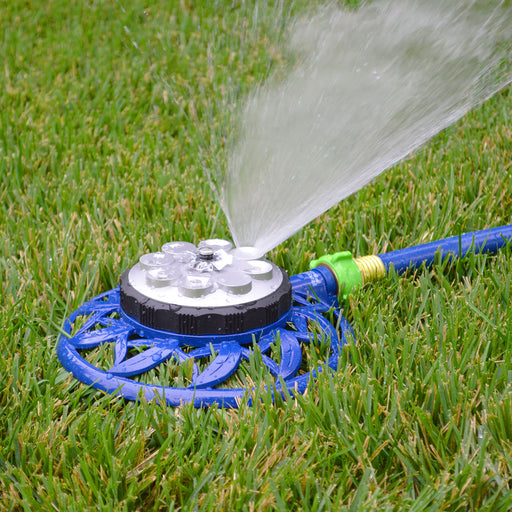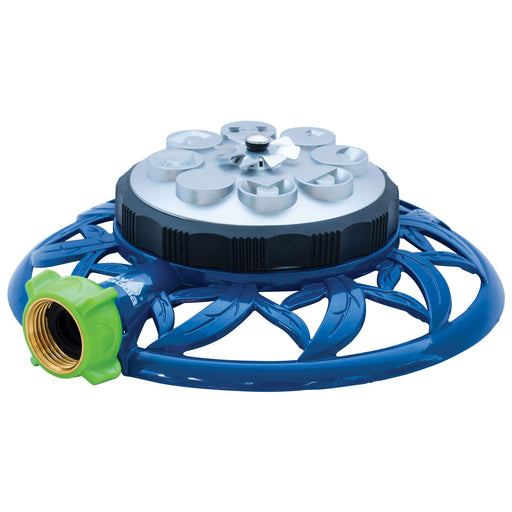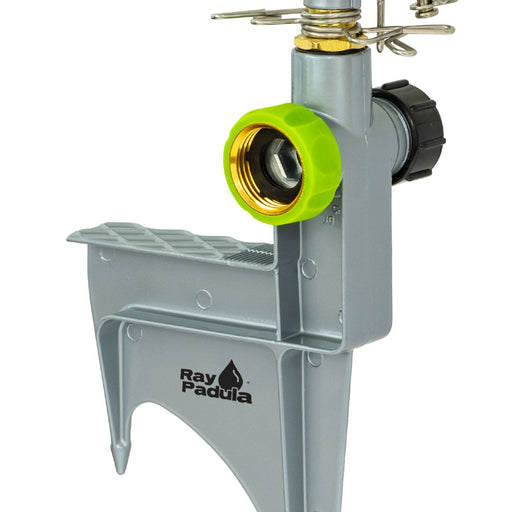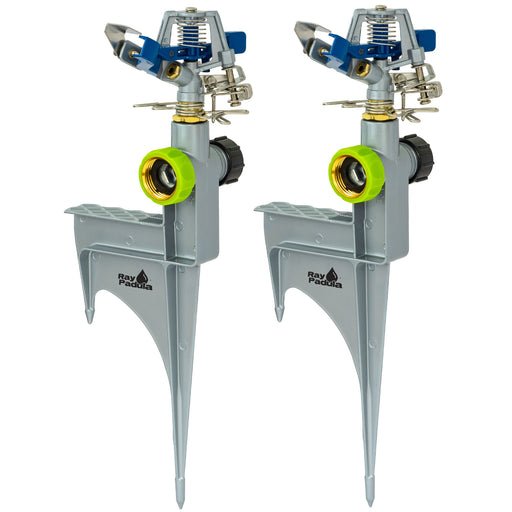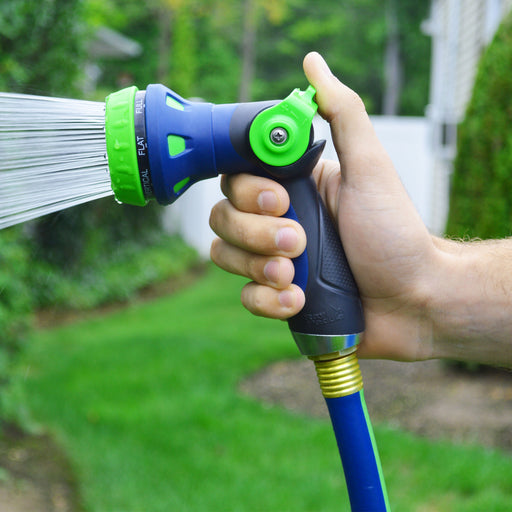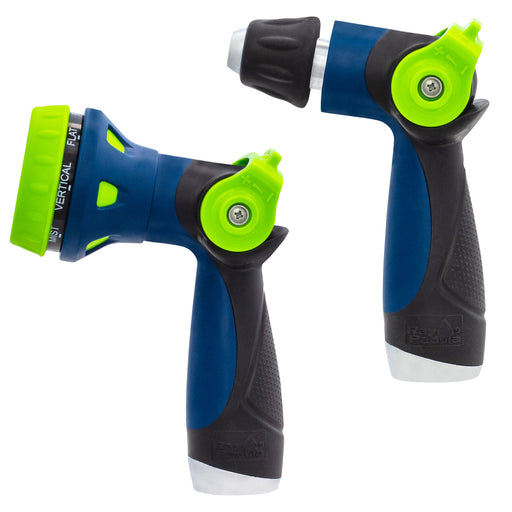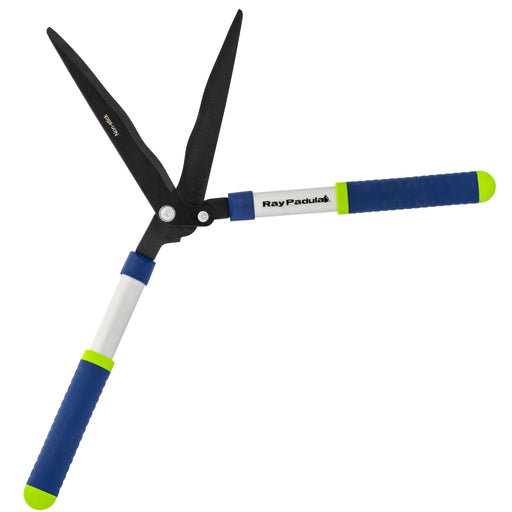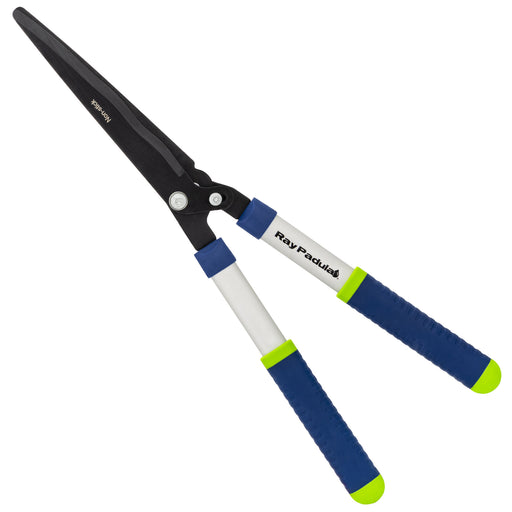
Why Prune?
Plants and landscaping is one of the most valuable investments you can make to the outside of your home. But before you can make the most of your carefully planted garden and shrubs, it’s important to know why pruning is important. In addition to the visual effects of a perfectly manicured, cared‐for‐yard, pruning offers many benefits to the growth and flourishing of plants, shrubs, and trees. Some important reasons to prune, include:
-
To restore proper balance between top growth and root growth
-
To remove damaged, dead, and dying wood
-
To remove crossing, intertangled branches
-
To increase the quality and quantity of blooms and fruit
-
To guide the growth of a tree or shrub as it matures by controlling its structure
-
To improve visual appearance
-
To remove dead or diseased parts of a tree, plant, or shrub
-
To help keep plants in your garden to a manageable size
When to Prune?
Pruning at the right time is extremely important to maintaining the overall health of your plants. Just like pruning improperly, pruning at the wrong time can cause flower buds for the next season to be removed, reduce the amount of fruit a plant produces, cause sap to run, or lead to the exposure of potential plant diseases.
Pruning in late winter or very early spring is usually a great time to prune many species of plants. Protective callus tissues typically form rapidly after pruning during this time. When pruning any flowering trees or shrubs, be careful to never cut off any flower buds. Trees, such as redbud, cherry, plum, and crabapple form their buds on old wood from the previous season. Plants, such as crape myrtle, roses, and hydrangeas bloom on new growth wood.
For shrubs that bloom in the spring, the best rule of thumb is to prune right after they have finished blooming and flowering. Once pruned, do not prune any further throughout the season, as blooms for the following year are quickly set. If additional pruning takes place in the summer, fall, or early spring, there is a risk of removing all blooms for the next season.
For shrubs that bloom in the summer, pruning can take place in late winter or very early spring, since these flower buds are set on new stems that grow in the beginning of the growing season.
Flowers and fruit should never be pruned in the summer or early fall as pruning flowers and fruits typically cause the plant to vigorously regrow and may suppress the growth of both the plant’s suckers and foliage. If pruning is completed too late in the season, and the plant is unable to harden off before colder climates set in, damage may occur to the plant.
Never prune any new trees or shrubs for at least one full year after planting unless there are naturally broken or dead branches. There are also many species of trees and shrubs that do not respond well to any pruning or cutting. Be sure to check best practices for any specific plants in your yard.

The Right Pruning Tools
Having the right pruning tool for the specific types of plants in your yard will make all the difference in your results. There are different tools depending on the size and type of limb, branch or shoot you will be trimming. Some of the most popular pruning tools that should be in every gardener’s shed include:
Handheld Pruners
These are best used for cutting smaller branches, no more than 3/4 inch in diameter. A bypass pruner is used for cutting new, live and green growth, while an anvil pruner is for cutting dry, dead wood branches. A high‐quality pruner like a Ray Padula Forged Bypass Pruner will fit and feel comfortable in your hand, have a sharp blade, and a safety clip to keep blades safely closed when not in use. Some innovative pruners, like a Ray Padula Gear Drive Bypass Pruner have unique gears to add even more cutting leverage with less squeezing force.
Loppers
These pruners have large handles, and a much larger blade. Loppers are designed for cutting larger branches, up to 2 in. thick. Much like handheld pruners, bypass loppers are for cutting new and live larger branches, while anvil loppers are great for cutting larger, dry or dead wood. Some loppers even feature extendable handles, making them great for cutting taller trees and shrubs. Shock absorbing bumpers, like the ones on a Ray Padula Comfi‐Grip Bypass Lopper reduce hand stress and shock when cutting.
Hedge Shears
Almost like giant scissors, hedge shears are great for trimming, you guessed it ‐ hedges! These shears feature long, flat blades that give a manicured trimmed look. Wavy blades, such as the blades on a Ray Padula Deluxe Hedge Shear are designed to grip branches and hold them in place while cutting.
Saws and Tree Pruners
For cutting thick tree limbs and branches, choose a saw. Folding saws offer a sharp blade that easily folds back into the handle when finished cutting.
Snips
Snips are great for micro, precision pruning, deadheading, or for sculpting smaller plants and herbs. Snips like the Ray Padula Precision Micro Snips have a comfortable handle grip with high quality construction.
Be sure to check out the Pruning Buying Guide for even more helpful tips on choosing the perfect pruner for your yard!

How to Prune
Properly pruning is far more than just cutting some branches and hoping for the best. Where you place the cut, the angle of the cut, and how much is cut is vital the overall health and future growth of your plants. Follow these pruning tips for the best results when cutting:
-
Ensure your pruning tools are sharp, and clean. Clean and sharp pruning tools are vital.
-
On small branches and twigs, cuts should be made just above the bud.
-
Always cut on a 45‐degree angle. This allows for new growth to develop and will be less likely to allow decay to develop from water or moisture collecting on the cut or branch.
-
Cutting about 1/2 in. from the bud is great spacing for most shrubs. Cutting too close to the bud may cause it to wither and die. Cutting too far from the bud will end up creating unsightly wood branches.
-
To encourage a new branch to grow toward the outside of the plant, select a bud to prune towards the outside of the plant. This will encourage the plant to open up and grow outward.
-
If you want to encourage your plant to remain compact, upright, and fill toward the center of the plant, make an angled cut just above the bud on the inside of a branch of stem.
-
When cutting large, thick branches, make the cut as close to the main trunk as possible, without cutting into the branch collar. This will encourage the wound to heal quickly without disfiguring the tree.
-
When cutting large branches over 1 inch thick, it’s best to make a series of cuts with a sharp saw or lopper to avoid accidental cracking or damage to the trunk. For example, if cutting a four foot tree limb, make cuts in 1 foot intervals, with the last cut being the final cut as close to the branch as possible without cutting into the collar. For plants with a single stem, cutting the top of it will encourage side growth and branching but will stunt the height of the plant. If you want a shorter plant that is bushier and wider, cut the top single stem. For a taller tree, prune only the side shoots instead.
-
To avoid crowding of branches and growth, many shrubs and plants benefit from a seasonal thinning.
-
To thin shrubs, cut inside branches as close to the soil as possible.

How Much to Prune
While how much to prune can vary depending on the specific plant, a general rule of thumb is to never trim more than 1/3 of the plant at one time. Cutting and trimming more of this can lead to plant damage.

Care for your Pruning Tools
One of the most important things to remember is to care for your pruning tools. Pruning tools should be thoroughly cleaned and disinfected after each cut. This is especially important when pruning diseased or ill plants. Just like with humans, disease and infection can spread from plant to plant. It is also recommended to oil your blades when finished pruning. If your pruner has sharpenable blades, sharpening can be done periodically to ensure a consistent, ultra‐sharp cut. Make sure to only cut plants with your pruners. Never cut wire, fencing, or any other objects as this cause damage to your pruners and pose a potential safety hazard.
Helpful Pruning Don’ts
While properly pruning can lead to a beautiful landscape and yard, be sure to take care when doing so. Sometimes, it’s best to leave the task to a landscape professional. These are some things you should never do when pruning:
-
Never prune near electrical lines or utility equipment. Call a professional for any pruning that needs to take near any wires, electrical connections, or utilities.
-
Never prune or cut when standing on a ladder or an unstable surface. Leave these jobs to the professionals!
-
Never remove too much of any plant during the growing season. This can lead to plant disease and death. Remember the 1/3 rule!
-
Never prune a newly planted shrub or tree in the first full year after planting, unless you are removing naturally broken or dead branches.
-
Pruners are sharp tools that can cause bodily harm if not used properly or left unattended. Never leave pruners in reach of children, and always ensure blades are locked closed, and pruners are securely stored away when not in use.
Legal Disclosure:
This post is provided for informational, educational purposes only. This information is intended to provide general guidelines. Because tools, products, materials, techniques, and local codes are constantly changing, Ray Padula Holdings assumes no responsibility for the accuracy of the information contained herein and disclaims any liability for the omissions, errors, or outcomes of any projects or tasks completed. It is the responsibility of the reader to ensure compliance with all local laws, rules, codes, and regulations for any projects completed. If there are any questions or doubts regarding any elements of any information provided, consult a local, licensed professional.


